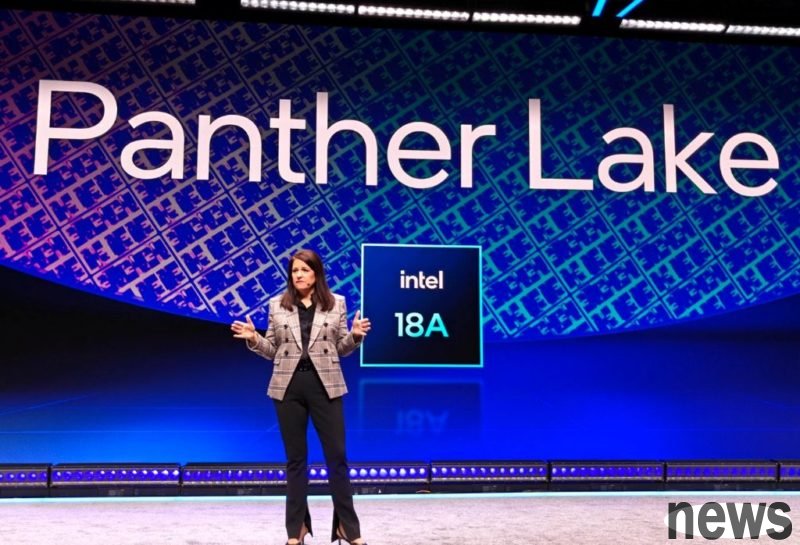Insiders from Intel revealed that the high-volume production (HVM) of the 18A process will be postponed to 2026, and the "Panther Lake" laptop processor, which was originally scheduled to be mass-produced by the end of 2025, will promote t...

Insiders from Intel revealed that the high-volume production (HVM) of the 18A process will be postponed to 2026, and the "Panther Lake" laptop processor, which was originally scheduled to be mass-produced by the end of 2025, will promote the volume. This means that Intel's commercialization progress at advanced production stages will be delayed again.
News pointed out that the current yield of the 18A process is only about 55% to 65%. Executive Chairman Chen Liwu refused to enter large-scale mass production at this level, avoiding repeating the coverage of past low-yield mass production and declining product quality.
However, insiders have emphasized that this postponement is actually "completely within the plan" - Intel has never planned to start the large-scale production of the 18A spot in the fourth quarter of 2025, but is scheduled to gradually expand Panther Lake's production capacity in the first quarter of 2026. But, since everything is in the plan, what is this extension? Is it a precise execution strategy, or a beautiful speech to delay the search?
In addition, Intel is still planning to conduct more stringent testing and quality verification of the 18A process, which may include cost reduction measures such as large-scale layoffs, and at the same time find other business opportunities to strengthen the competitiveness of the crystal foundry department.
Intel’s 18A Chip Reportedly Delayed Until 2026 Amid Low Yield Rates Making Large-Scale Production Economically Unviable, But There’s a Strategic Upside Behind the Move